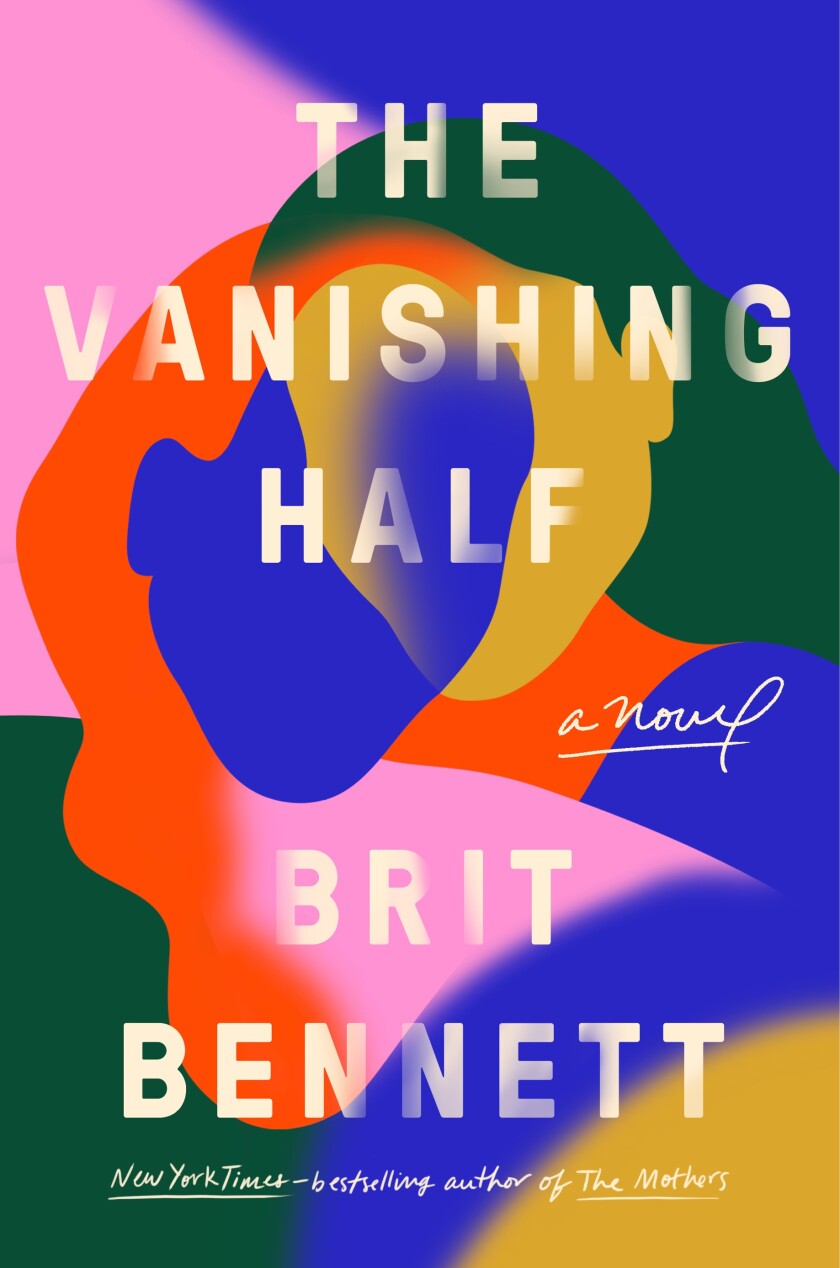I'm sure you've heard people talk about "good lighting" and "you'll strain your eyes reading in the dark". Focusing on reading for an extended amount of time or with bad lighting can cause eye strain. Some symptoms of eye strain include blurry vision, headaches, irritated eyes and pain in your neck, shoulder and back. Another problem from reading extended amounts of time is straining your neck and shoulder from reading in the same position for an extended amount of time
How do you prevent it?
Lighting
Don't worry reading in dim lighting will not damage your eyes, but it can have short term effects like eye strain. When you read in a dim light your eyes tend not to blink as much which can dry them out and cause. Also reading in dim lighting can give your eyes mixed signals; relax to collect light, but contract to focus on the words. Also, in dim lighting your eyes must work harder to distinguish the words from the page. (if you want a more in-depth answer then what I have given you I recommend looking at this site https://health.howstuffworks.com/human-body/systems/eye/reading-in-dim-light.htm)
When you are reading you want your light source to come from behind you, and you want it to be a bright, direct light. Try to minimize glaring from outside light sources and any shadows casting onto your page (for right-handed people place the light on your left-hand side, so there's no shadow from you turning hand page, left-handed people do the opposite). As for type of lighting, experts say that halogen and florescent lighting does a great job illuminating writing material.
2. Positioning
For the positioning of a book, you want it to be around arm's length away or to be more precise 14 to 18 inches away. Also, you want your text to either be at eye level, or slightly below.
For positing yourself want to sit in a chair where your upper legs are parallel to the ground, and your lower thighs are perpendicular to the ground. If the chair is higher than this try resting your feet on a raised platform. Try avoided straining your neck by avoiding reading with the book in you lap or laying on your side. Using a book holder can help prevent neck straining. Lastly for back pains sit up straight, by reading at eye level you can help promote a straight back. Also try placing a small pillow at your lower back to help support the curve in your back (lumbar curve).
3. 20-20-20
Lastly remember to take breaks! This could be a short stretch break or 20-20-20. In 20-20-20 you want look away every 20 minutes at something at least 20 feet away for a minimum of 20 seconds. Doing this will help you prevent eye straining from looking at something for an extended period.
Thank you for reading my blog post, and if you are interested in learning more about how to read a book check out these sources!
- Sophie A.
https://www.lampsplus.com/ideas-and-advice/lighting-for-readers/
https://www.helpmyreading.com/Site/Proper_Reading_Posture.html
https://www.healthline.com/health/eye-health/eye-strain




